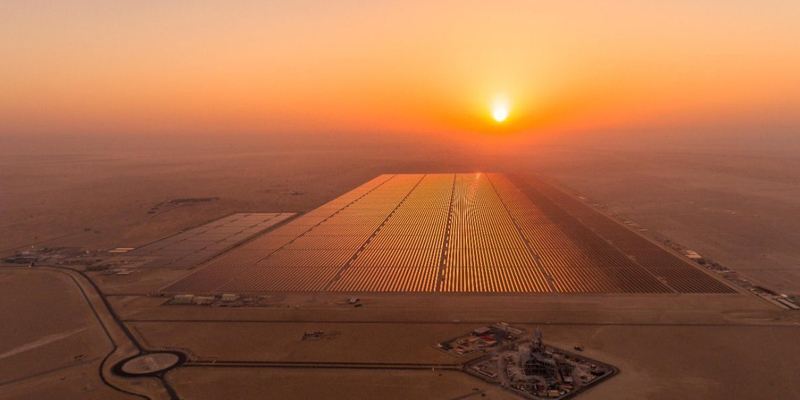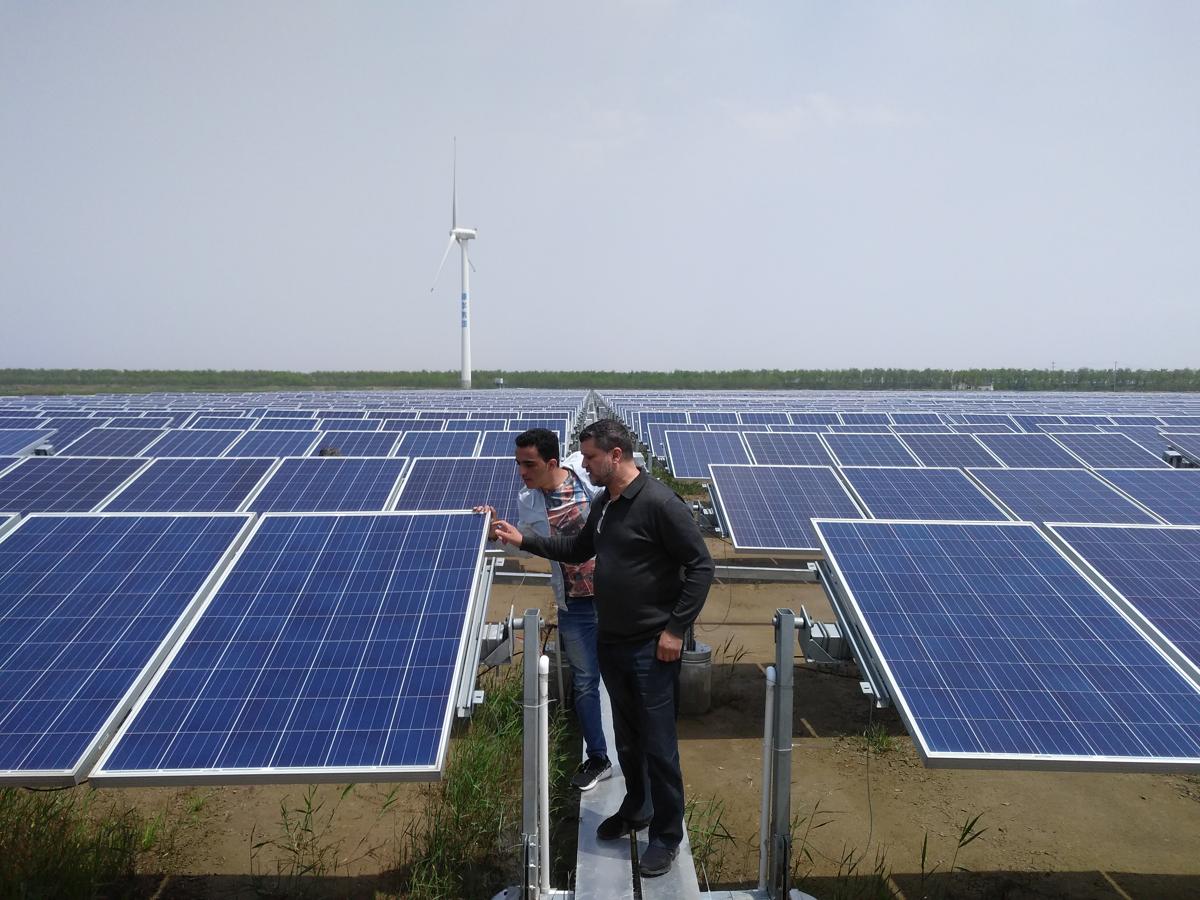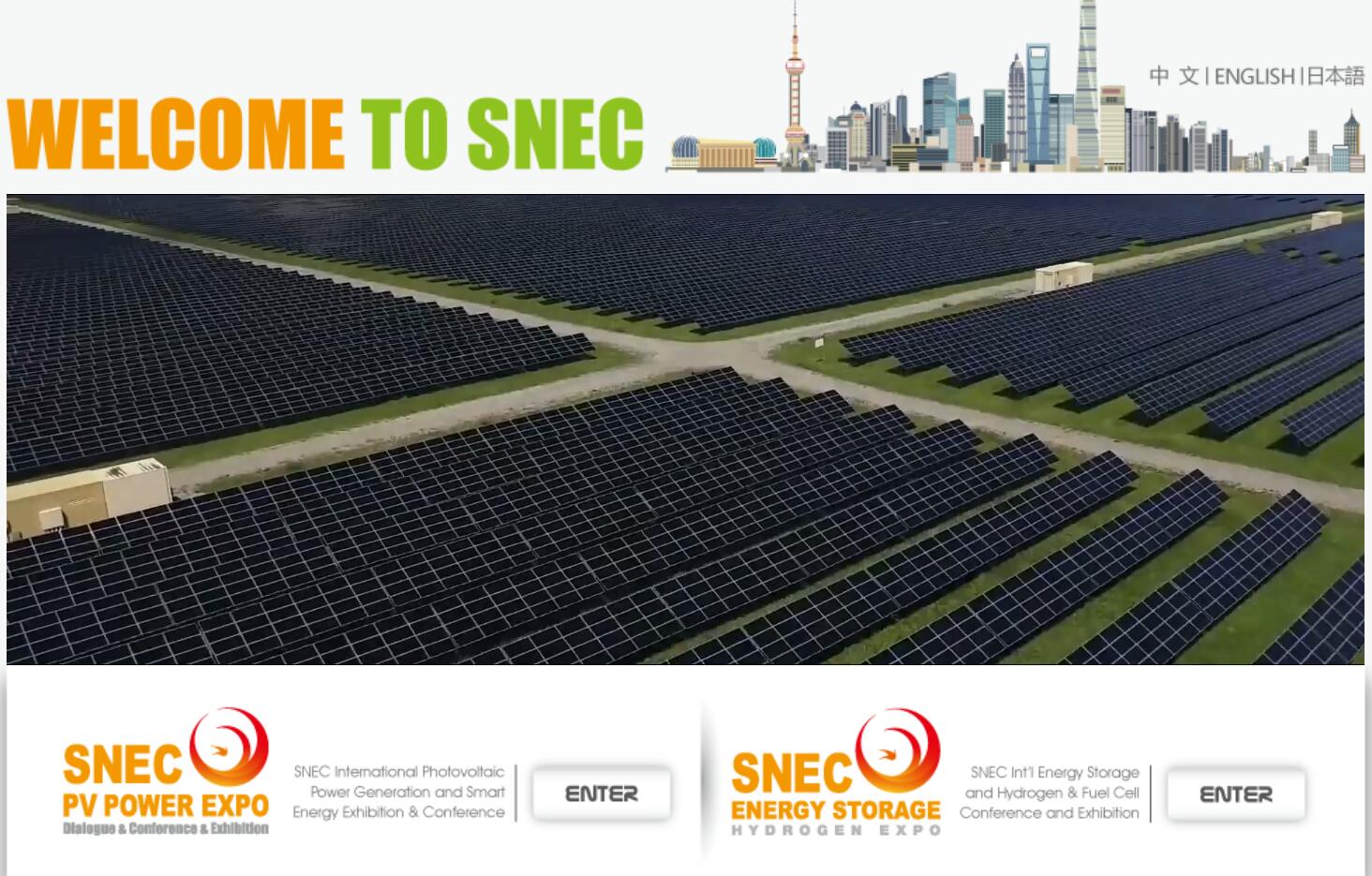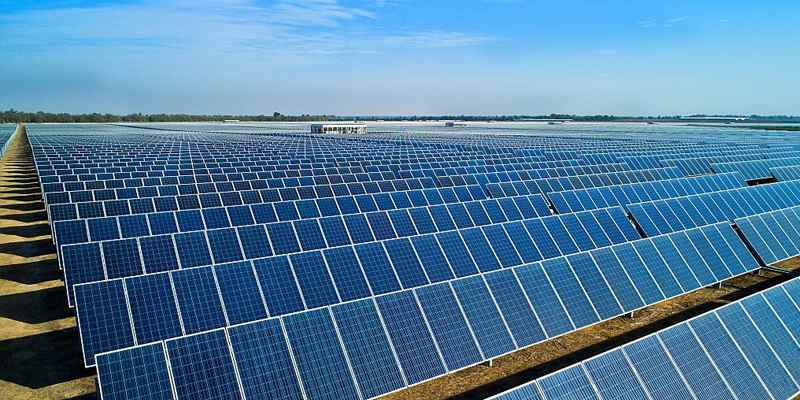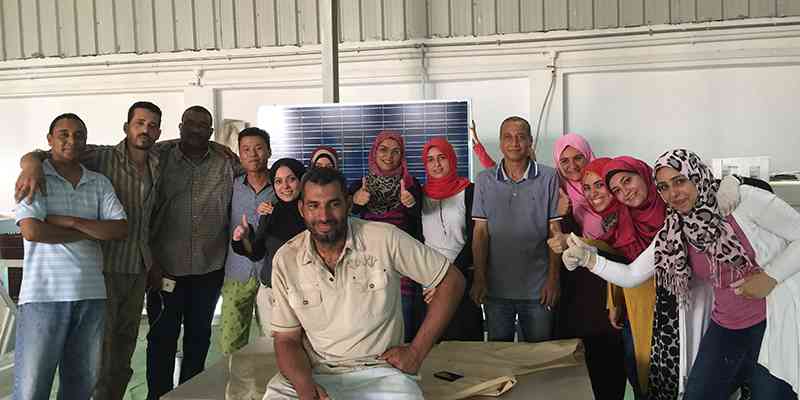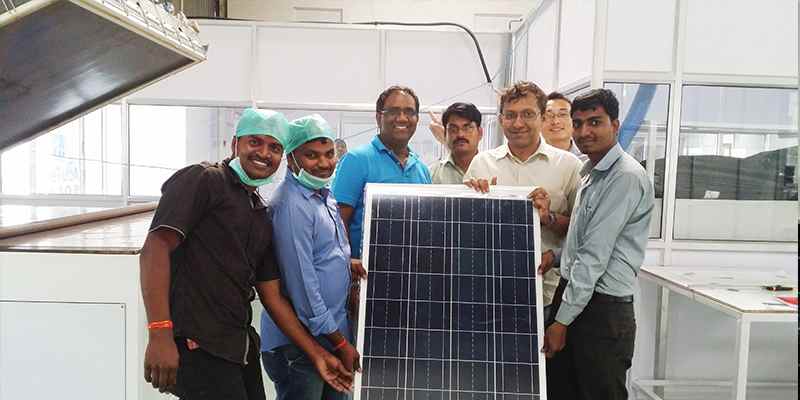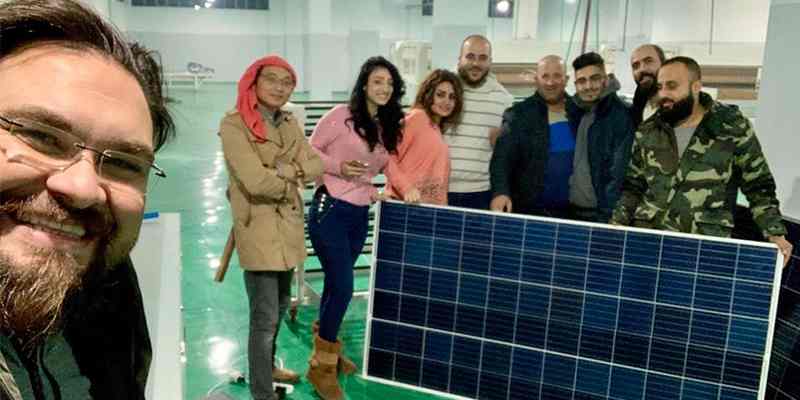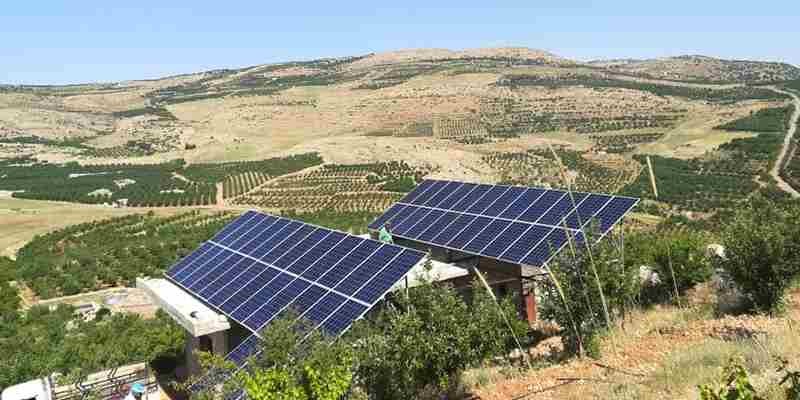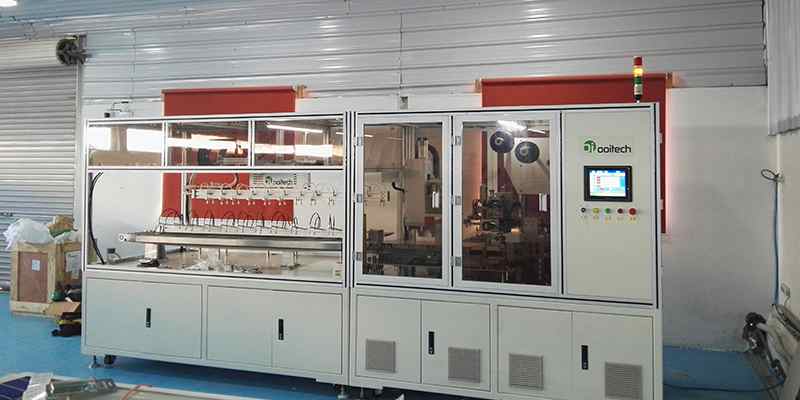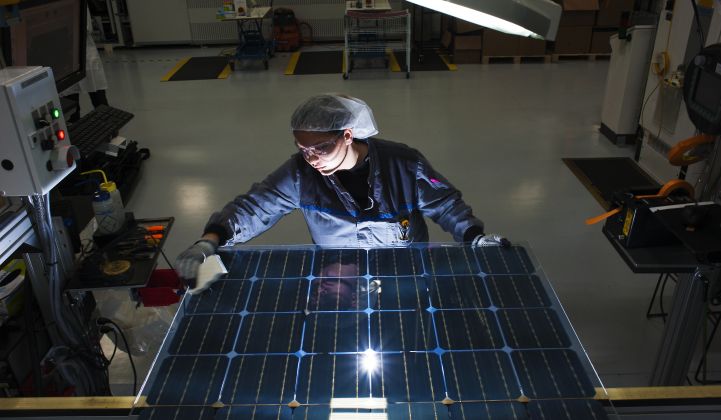
China’s PV factories have swung back into production, just as solar markets around the world are slowing down
by: 2020-04-26 00:00:00 From: Professional Solar Panel Making Machines Provider, Full Automatic Solar Panel Production Line, Solar System and Solar Project Provider, Ooitech
The coronavirus has hit the solar supply chain in waves.
The virus’ hold on China shuttered many PV module and inverter factories early this year, and that constraint on output all but erased the expected declines in module prices during Q1 2020.
Now that the U.S. has the largest number of COVID-19 infections in the world, demand for new solar equipment has slowed even more. After the lull in module price declines early this year, analysts at Wood Mackenzie Power & Renewables forecast that price decreases will sharpen and continue, adding to the challenge for manufacturers scrambling to recover from shutdowns and match production to uncertain demand across the globe.
Module prices began dipping in China, Europe and Australia in March, and the decline showed up in the U.S. market in April, WoodMac’s data shows.
Though Wood Mackenzie is still assessing how precipitous the U.S. decline will be, analysts expect it to be an extended one. “We expect prices to fall consistently,” said Xiaojing Sun, a senior solar analyst at WoodMac. “This is the last thing [manufacturers] want.”
Some manufacturers are already shifting gears. SunPower, with production centers in Mexico, France, the U.S., Malaysia and the Philippines, announced this week its production lines had gone dark for the next few weeks. But others, such as JinkoSolar, have reiterated their confidence in 2020 guidance. First Solar, with plants in the U.S., Malaysia and Vietnam, has continued production, but the company cautioned in late March that the effects of the virus and its response are "dynamic and subject to change."
A number of major global solar manufacturers will announce their first-quarter financial results in the coming weeks, offering more insight into the industry's health.
Module supply now outpaces demand
When Chinese factories restarted production after the country's outbreak came under control, the world quickly shifted into module oversupply. And with demand waning, it’s unclear where all that product will go.
“Demand is being disrupted to a large extent globally, so the excess capacity on the manufacturing side is unlikely to be absorbed anytime soon,” said Sun.
Prior to the pandemic, WoodMac forecast U.S. module demand at nearly 18 gigawatts in 2020. Producers in Southeast Asia — where a substantial share of U.S.-bound equipment is now manufactured due to U.S. tariffs on Chinese solar cells and modules — can produce 25 gigawatts of modules per year.
“That’s almost twice as much as the U.S. needs, and now that need is going down,” said Sun, citing WoodMac's total U.S. 2020 module demand forecast that now stands at 16 gigawatts.
Europe, Australia and Japan saw module price declines between 5 and 7 percent in Q1 2020. Price declines in the U.S. may hit 10 percent this year, though any forecasts are currently estimates.
That doesn’t compare to the precipitous drops the industry experienced in the mid-2010s due to ballooning economies of scale and dropping prices for raw materials, said Sun, but it far outweighs the 5 percent decline in 2019.

Smaller PV manufacturers likely to be squeezed
Cheaper modules will be good for solar development companies, which face many coronavirus-related challenges of their own. Manufacturers are another story, though some will fare better than others.
Similar to dynamics in other areas of the industry, a squeeze on manufacturers is likely to favor large, well-capitalized companies such as Jinko and First Solar. Companies that focus on one segment of the industry like residential or commercial, such as SunPower, may face more strain.
“In a downturn, when buyers are thinking about whose module they’re buying, they have to think about who is going to survive this down curve. Modules have 25 to 30 years of warranty. A developer will expect to have that fulfilled,” said Sun. “If you’re buying it from someone who doesn’t have the capacity to survive, your modules essentially become orphaned.”
“The smaller manufacturers are going to have a really hard time,” she added.
Those producers “are first in line to lose their future financing” as it constricts. Most manufacturers carry significant debt, said Sun, pointing to Jinko’s $1.9 billion in debt noted in its Q4 2019 earnings report.
Though Jinko is a large player that analysts expect to push through any downturn, the future looks hazier for smaller companies such as China's CSUN and Texas-based Seraphim.
“If they don’t have a good balance sheet and cash flow, getting financed will be harder,” said Sun. “Smaller players may not survive.”


